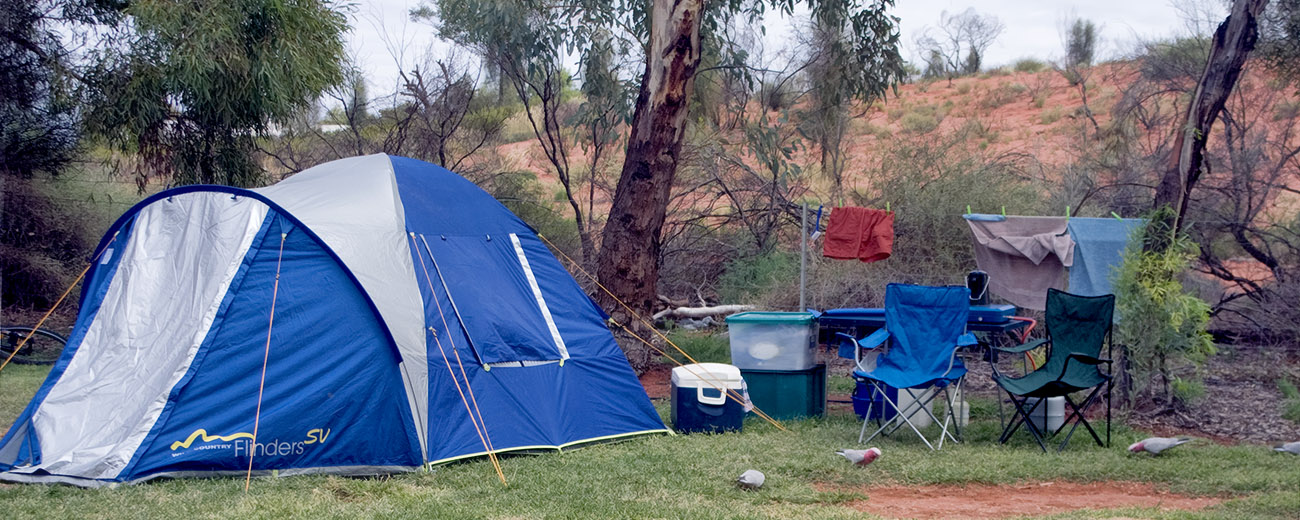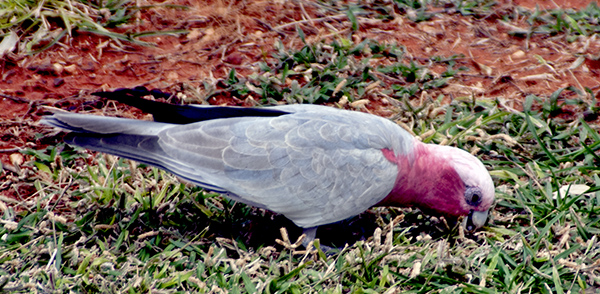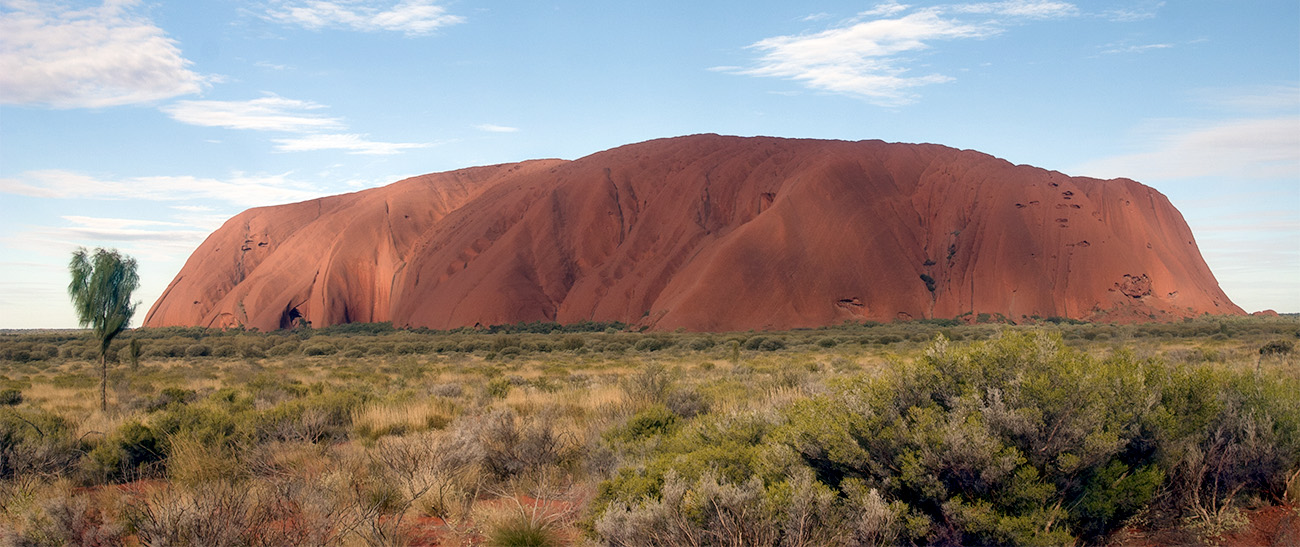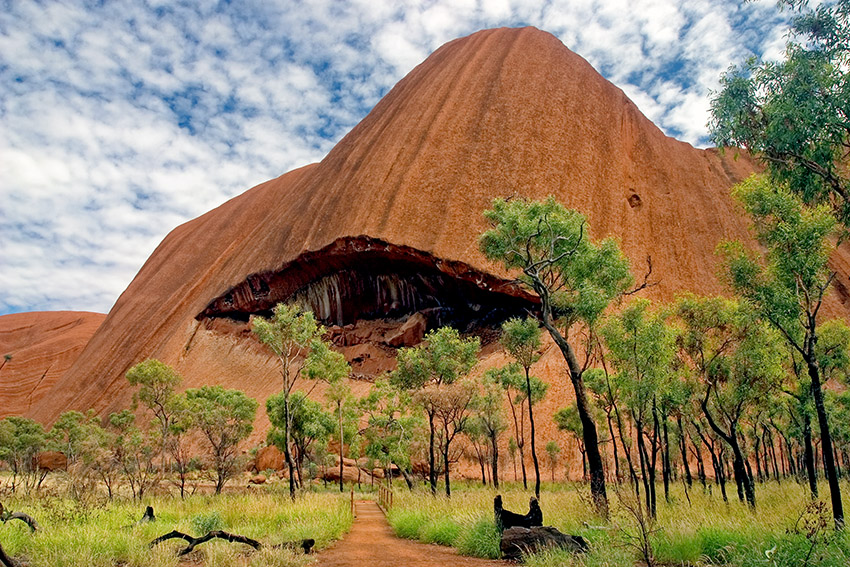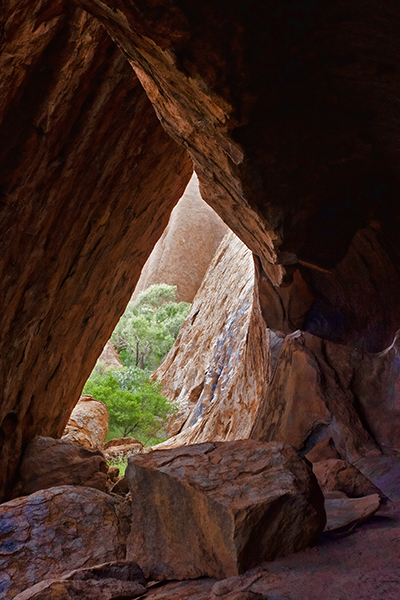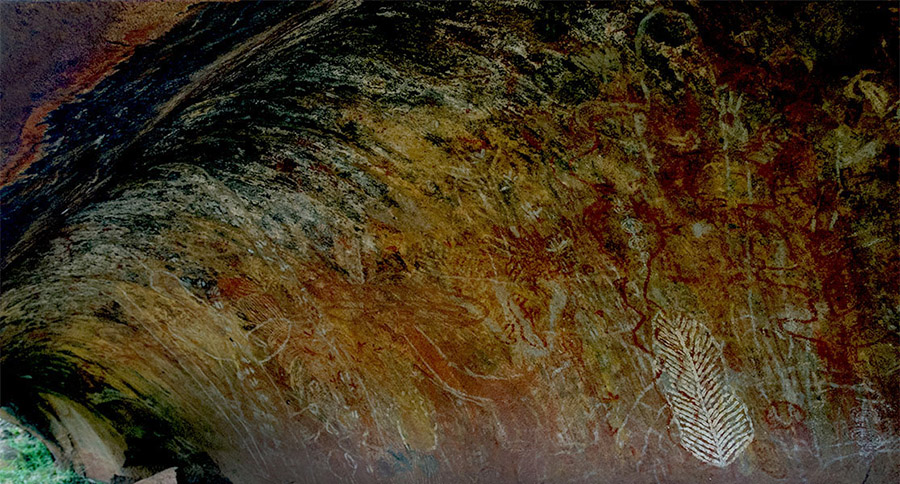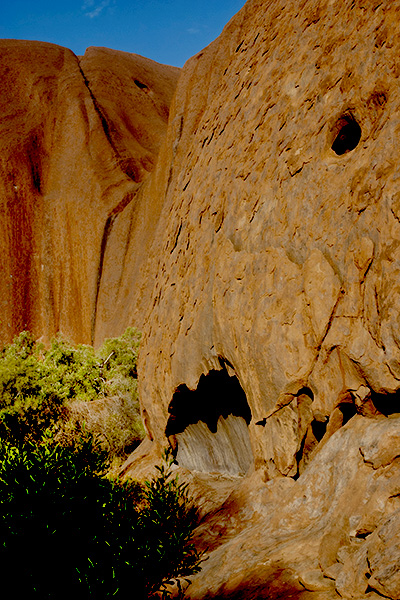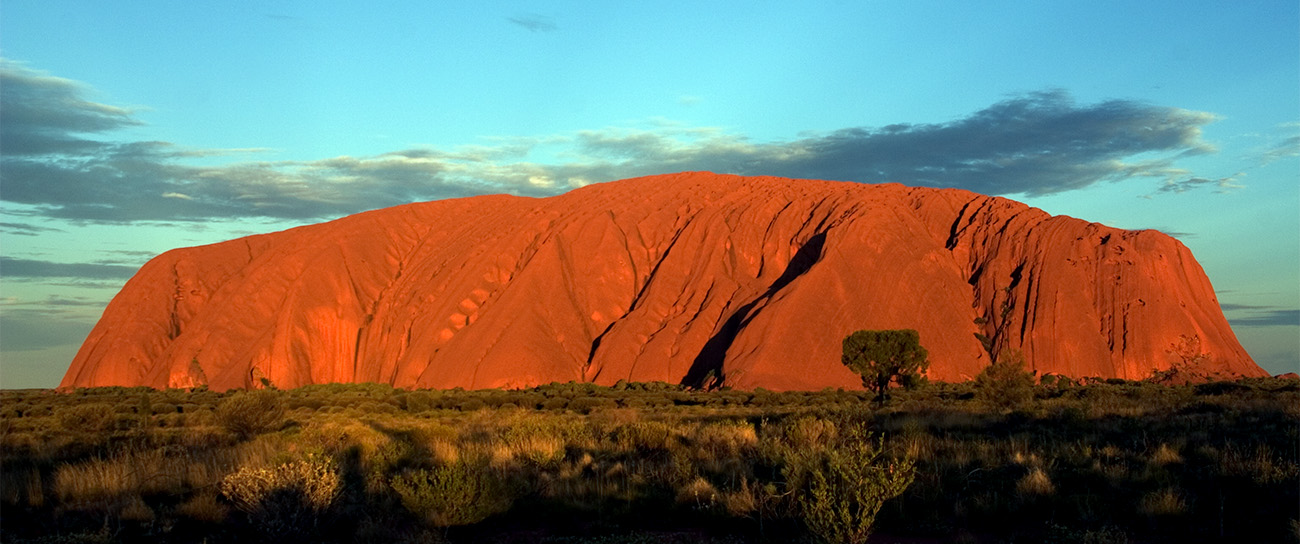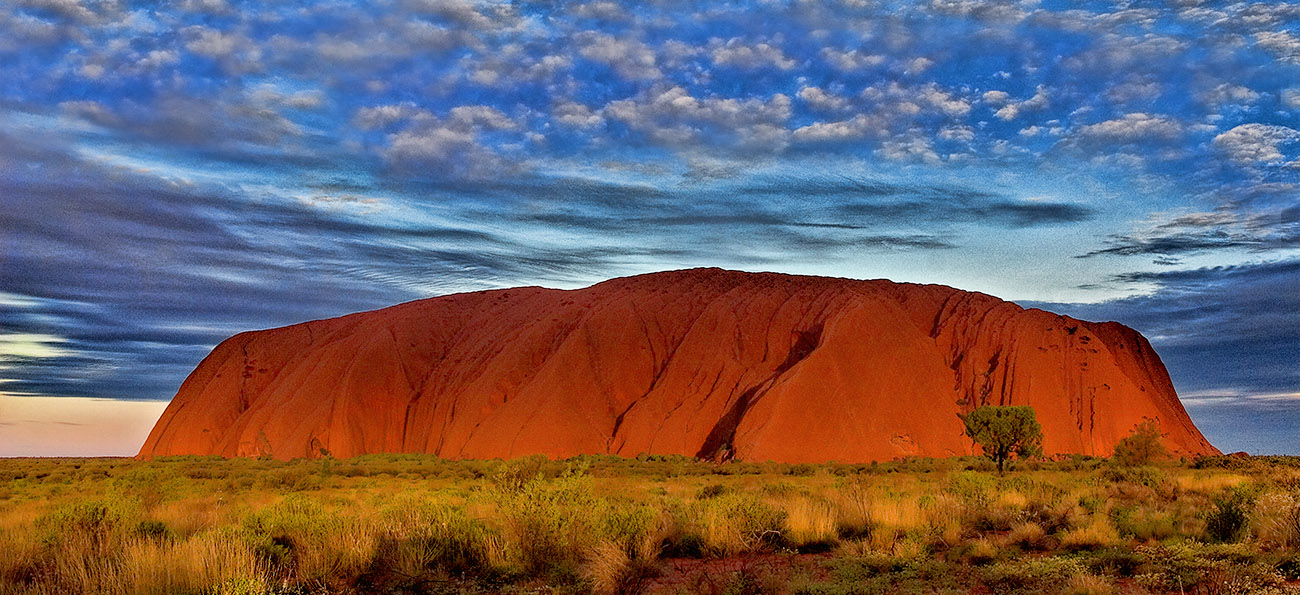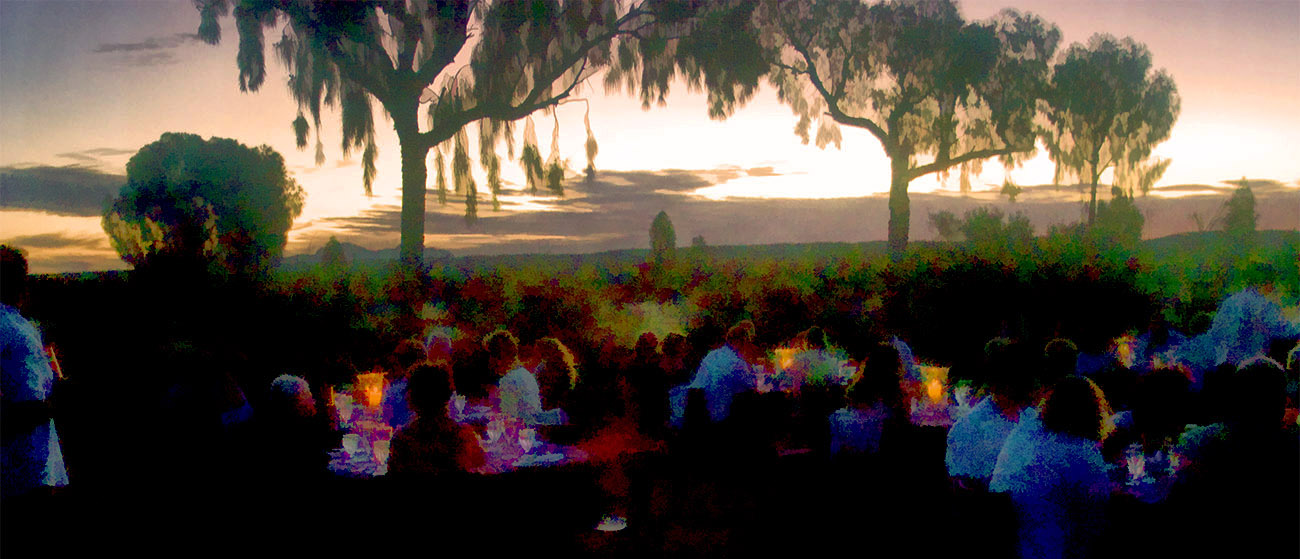|
Took place on
the Sails of the Desert Hotel private dining dunes about 15 minutes from
the hotel, down a rough un-surfaced road in an ultra luxurious coach.
At a distance to our left was the magnificent Uluru and at a greater
distance to our right, Kata Tjuta
As the
sun began to set we were plied with champagne and canapés. I tried
some kangaroo meat at the insistence of a young waiter urging me to "try some Skippy". I also sampled the crocodile and
macadamia nut filo tarts. Much more to my liking were the
smoked salmon rolls, I left the vegetarian sushi to the vegetarians
As the reds and oranges of sunset suffused the sky we
made our way down to the dining area to meet our dining companions, a
delightful young couple from Montreal. The all you can eat (and drink)
buffet included 'bush salads', bush only I think in their fabulous
location, (from what we have seen of bush tucker, that was fine with us)
and a variety of meats and fish. Kangaroo featured again, along
with lamb, beef and barra mundi
Tony had a mixed plate of delicious desserts but I had
a yen for bread and butter pudding and custard, sorry creme anglaise
After dinner our hostess turned off all the lights and
began:
May the calm be widespread - May the
desert glisten like gold - May the shimmer of moon light - Dance across
your pathways
Ladies and Gentlemen,
now and forever - Please listen to the Sound of Silence.............
The voice of the astronomer brought us
out of our private reverie as she began, with the aid of a laser light
to take us on a tour of the southern sky. First of course, the
Southern Cross. It's a pity I won't be able to show off my
newfound knowledge to the 'grands' when we return to the northern
hemisphere |
